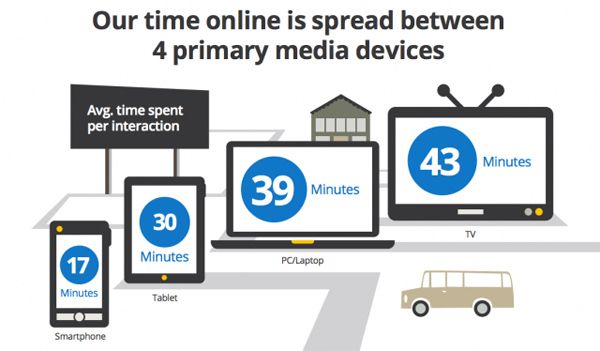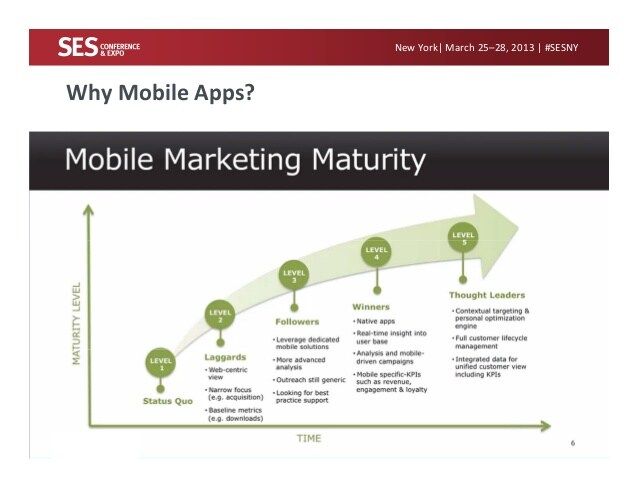But how you rely on mobile as a medium depends some on both your age and on where you live
In the US and other markets where the PC rules as the dominant mode to access the Internet, the heavy users of mobile tend to skew younger and more ethnic. These users use mobile for voice (duh!), text messaging, to download ringtones and wallpaper, games, but continue to rely on the PC as the primary means to access the internet. The statistics tell us that today’s mobile web, dominated as it is by WAP and xHTLM, remains too much of a hassle when it comes to day-to-day stuff like accessing the Internet to book a table at a restaurant, find movie show times and buy tickets, look up flight times, even to get news and catch up on scores and rankings for your favorite sporting events.
In geographies where the PC rules and where broadband is prevalent, mobile is a medium that compliments the desktop Internet, one that is proving ideal to delivery highly targeted, relevant, and local advertising. When you watch a YouTube video on the desktop web, you can parallel task: listen to music, talk on the phone, watch TV. The mobile phone—because of its small form factor— demands your undivided attention. (Advertising is known to be more effective to the extent the target is not parallel tasking but focused on one medium.) Also, because a mobile phone is something you carry with you, mobile enables advertisers to target advertising in context, to the exact location and situation you are at. For example, an advertiser can target advertising to people coming out of a play in Times Square at 9:20pm to entice them to visit a cafe or bistro that has open tables and live music.
In India, China, and other emerging economies the situation is very different. In these geographies, the PC is less common and penetration of broadband into the home far more limited. Here, the mobile phone is THE way the majority of people (regardless of age or economic status) access the Internet. Making mobile not just of interest to advertisers but increasingly of interest to mobile application developers. Why? Because WAP – wireless application protocol – is getting long in the tooth. Originally designed to deliver content and some minimal interactivity to the mobile phone, WAP has not kept up with developments such as Web 2.0. Developers who rely on WAP cannot develop applications that minimize clicks and truly take advantage of the large screens and graphics capabilities of today’s phones. For this, you need different tools. In the emerging economies, the mobile phone and the Internet are closely entwined; for them Mobile 2.0 applications that go beyond WAP are essential. Mobile 2.0 applications are rich, interactive, and allow people to get routine stuff done on the mobile web in less time and with less hassle. Advertising is an important way to underwrite the cost of developing these applications but not the only way. Subscription models also apply, particularly in India where they are called “value-added services”.
Relevant Links
Mobile Advertising: the next big thing The Economist October 4, 2007
Connected Customers Love Web 2.0, But Not on Mobile Media Post Online Media Daily October 3, 2007

